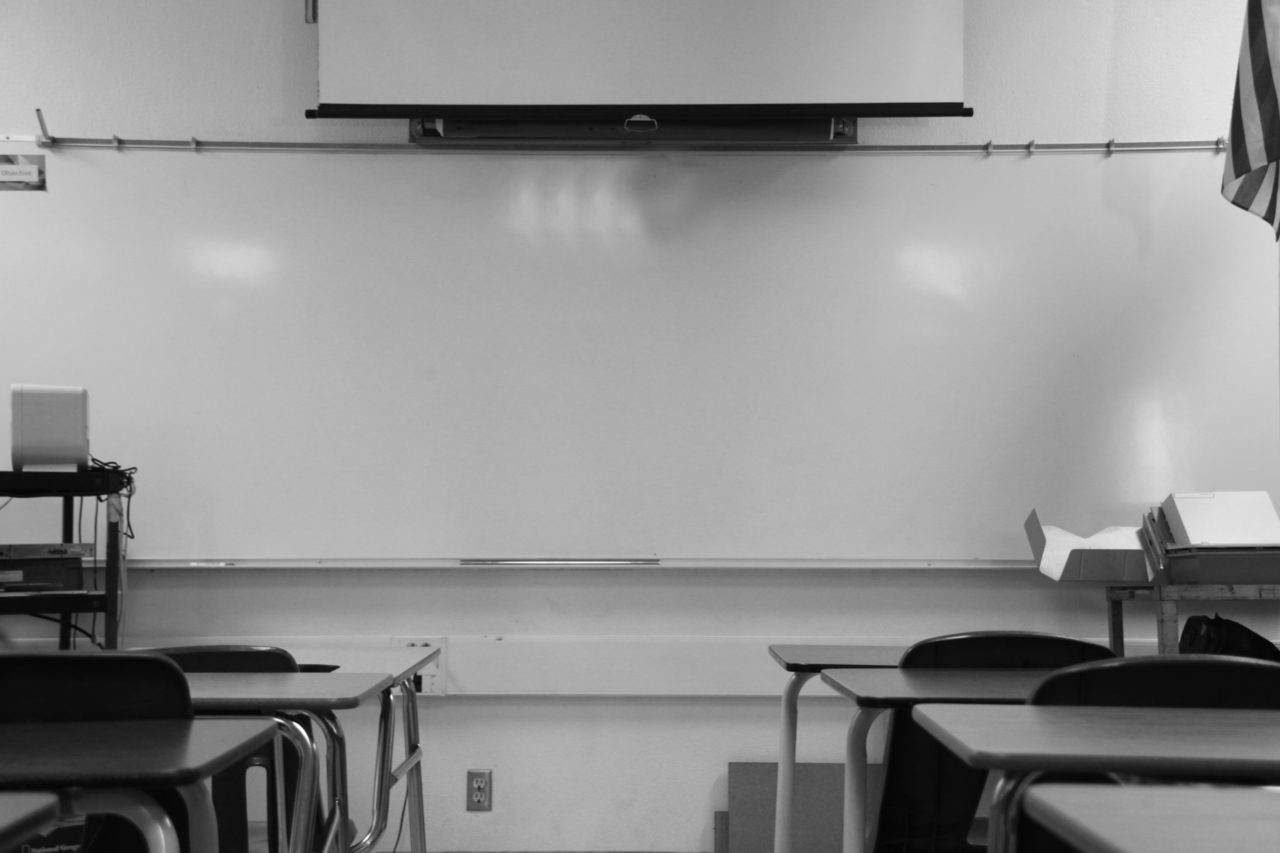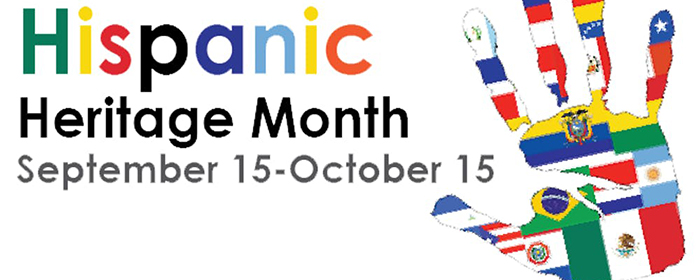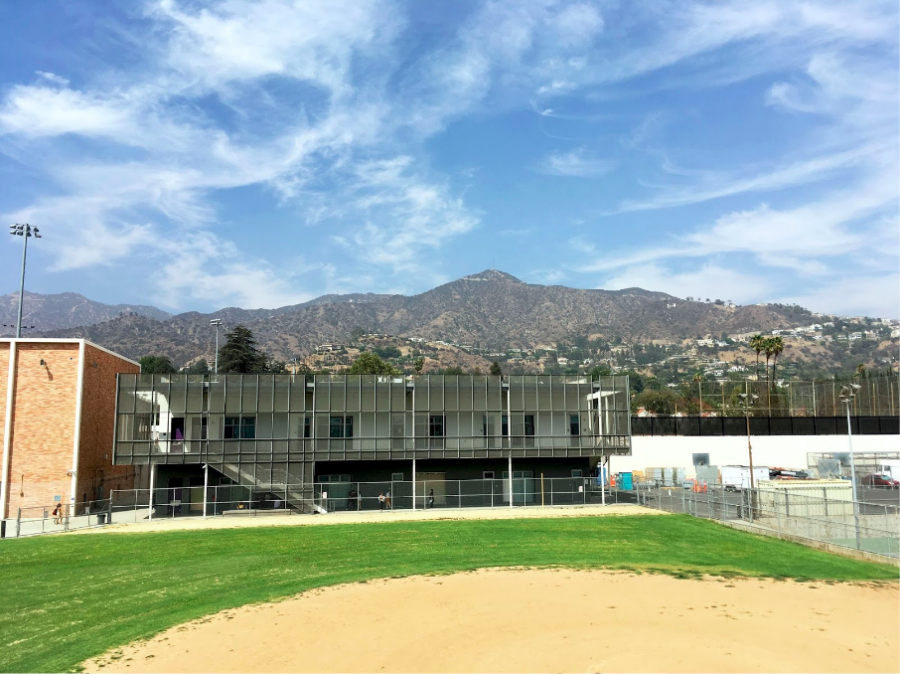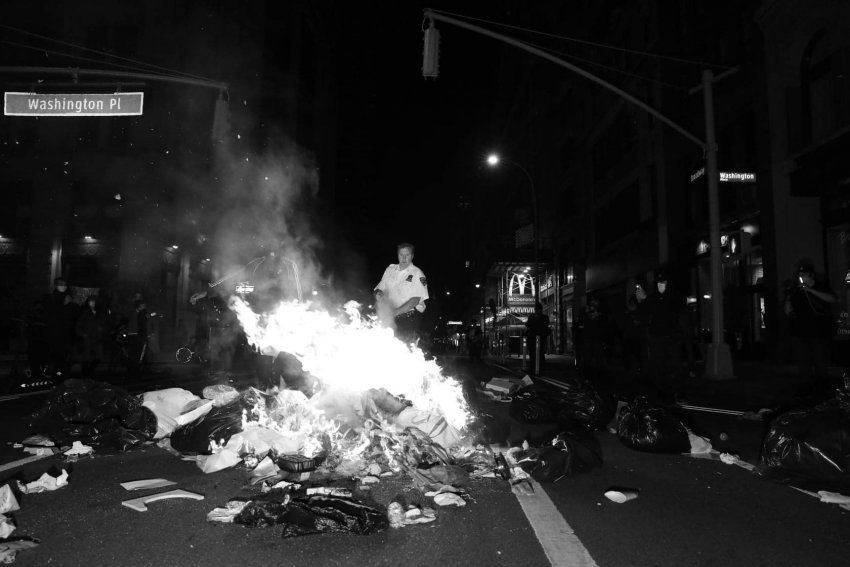By Pareli Amirkhanian
Sitting at your classroom desk, you hear your teacher lecturing in an air-conditioned room, feet enveloped in designer shoes shuffling under desks, and pencils scratching against the surface of smooth paper. Not the sound of gunshots and screams of horror.
However, those screams and gunshots are what countless of students and teachers have heard in Nigeria for the past eight years.
Since 2009, nearly 910 schools have been burned down and 1,400 have closed in Nigeria due to Nigeria’s militant Islamic group Boko Haram’s pursuit to get rid of education that goes against the group’s flat-Earth ideology, according to the L.A. Times.
Devastated girls and boys are left with their houses and schools burned to the floor, terrified to return to any form of education.
By early 2016, an estimated 952,029 school-age children and 19,000 teachers have fled the violence, according to premiumtimesng.
We who live in the United States often forget to take the time to appreciate our school environment.
We are accustomed to attending multi-million dollar school buildings with sheltered classrooms and books provided.
That itself is a privilege.
We often complain about not having “top quality” buildings or too much homework when other people around the world are witnessing their teachers and classmates getting shot in front of them.
According to UNESCO, 61 million primary school-age children are not enrolled in school.
Of these children, 47 percent are never expected to enter school in their lifetime.
Many people in developing countries cannot afford the cost of school fees, books, school uniforms, or the transportation to school.
As a result, children do not go to school or they drop out.
Having the access to free public education, at least from elementary to high school years, is something that is not granted everywhere and should be appreciated more.
Although certainly not everyone has it easy in the United States, this country provides ample opportunities to learn.
According to NCES, the average money spent on each student enrolled in public school in the U.S. for just one year is $12,401.
In the beginning of this school year, a 14,873 square-foot building that includes a lab with a dark room, two studio screens and two computer labs was built at a cost of $6.8 million.
However, students approached this luxury as a nuisance making various complaints and not being grateful for the opportunity this new building presented.
Children in developing countries are lucky if they can even get a couple of desks or books.
It is time to stop complaining about problems so small in regard to the serious threat of pursuing an education in Nigeria and start being grateful for what is handed to us.







